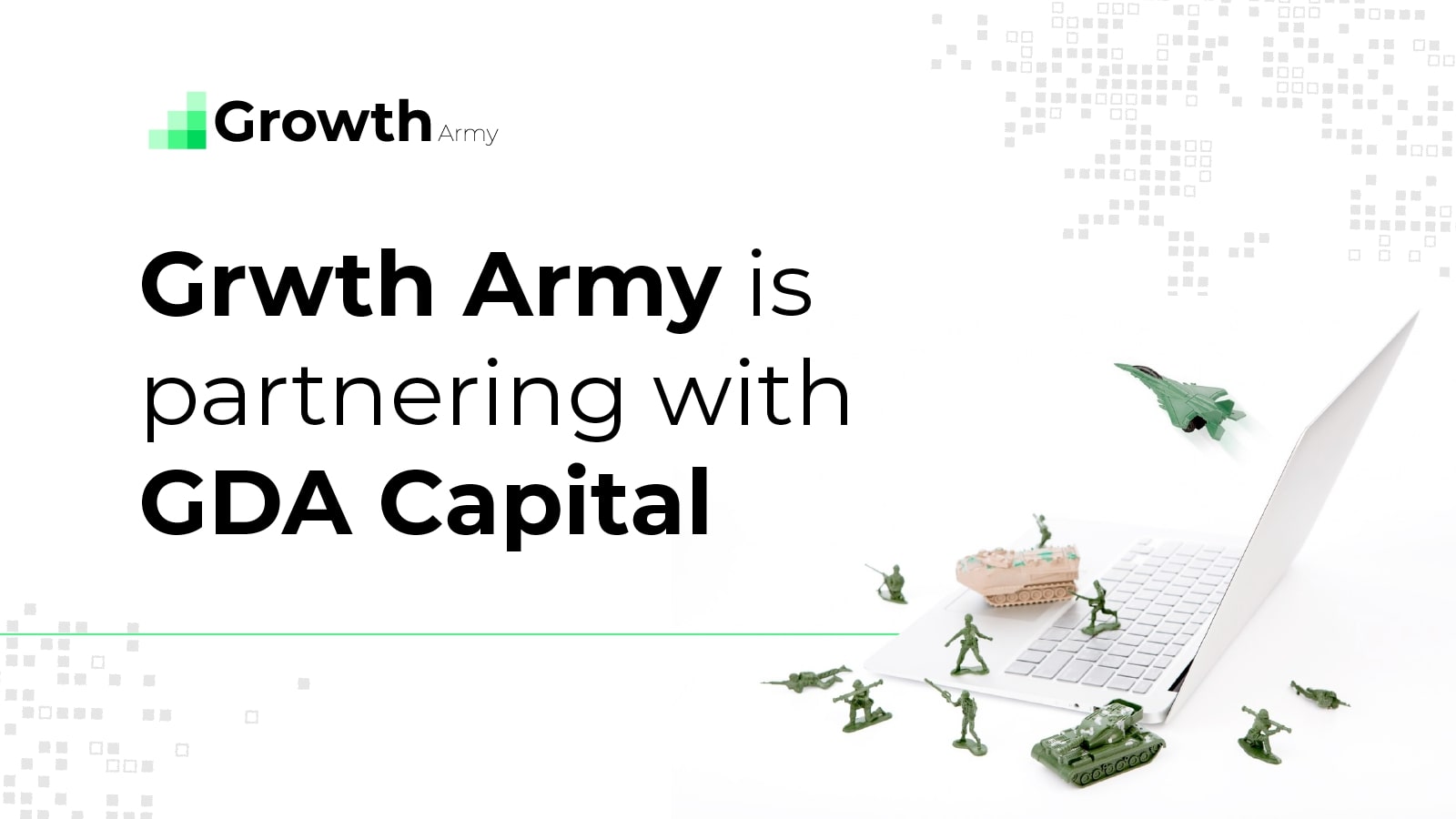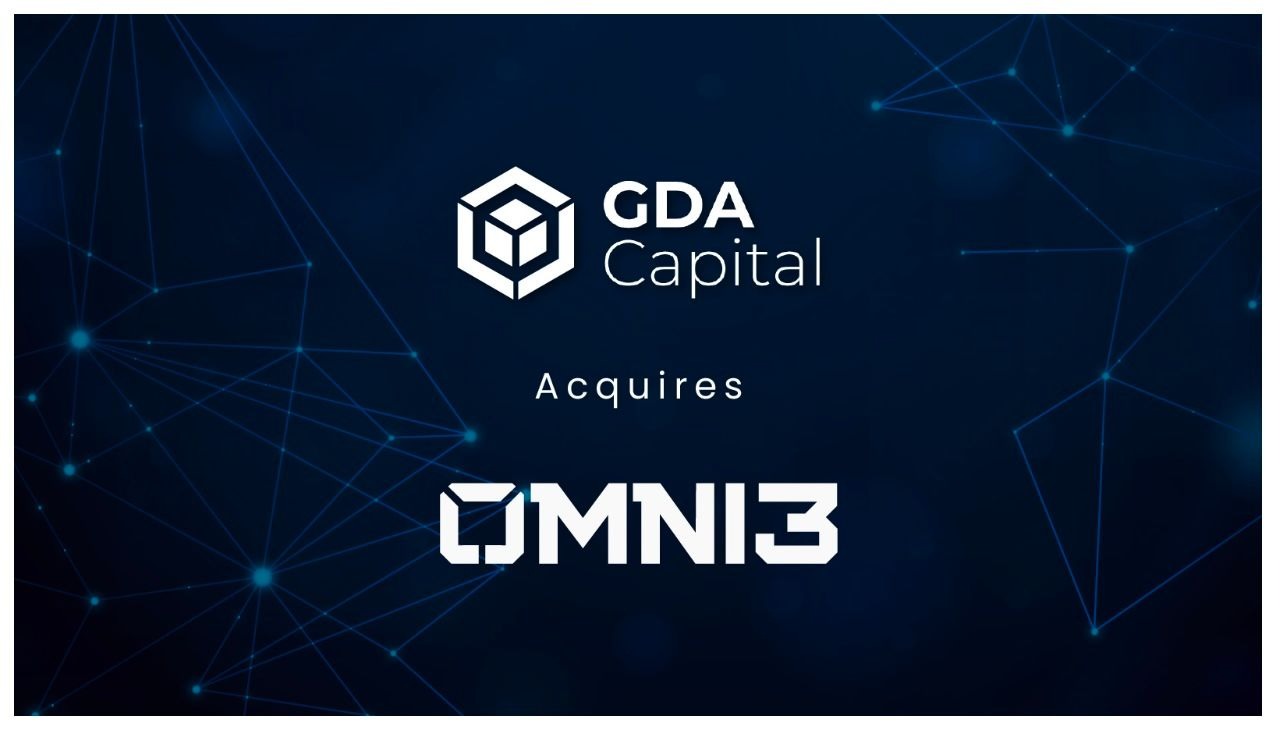With several tech giants throwing their hat into the ring, it seems the so-called ‘metaverse’ is finally going mainstream. A confluence of social factors and emerging technologies could make this virtual world a reality. Digital assets could play a pivotal role. Here’s a glimpse into the far-future and the present-day tech that could enable it.
What is the metaverse?
The term metaverse isn’t clearly defined yet. For most people, it serves as an umbrella term that describes a social platform based on virtual or augmented reality.
Over the next decade, the nature of computing and our relationship with the world around us could evolve beyond recognition. Instead of looking at screens on our phones and desktops, we could interact with computers in a more immersive way. This is gradually being enabled by advancements in augmented and virtual reality headsets. When these headsets are mainstream enough, they could allow us to meet our friends, attend events and host corporate meetings in a virtual space.
Here’s what the metaverse looks like today:
Source: Facebook Horizon / Road to VR
While not everyone is convinced this is the future of computing, tech giants certainly seem to be onboard. Facebook recently changed its corporate name to Meta, while Microsoft believes its HoloLens could play a critical role in enabling such platforms. Even Apple has hinted at devices and apps based on AR and VR.
Meanwhile, emerging players such as Roblox, Unity Software and Snapchat could bring new innovations to this emerging sector.
However, the biggest innovation has already been achieved. Digital assets and cryptocurrencies are already mature enough to serve as the economic basis for these virtual worlds.
Digital Assets for a Digital World
If the metaverse is ever created, it will need an economic system that functions independently from the traditional economy. Bitcoin already serves as a digital mode of payment and unit of account. The aggregate value of all circulating Bitcoin is now more than the value of physical silver. It’s expected to eventually surpass the value of physical gold. In other words, Bitcoin is living up to its promise as “digital gold.”
This gold could be used as a payment method in the virtual world. Users could complete transactions for virtual services, event tickets and digital goods in BTC.
Some examples of this virtual economy are already emerging. Axie Infinity, for instance, has managed to create a self-contained virtual economy based on its AXS and SPL tokens. Players in the game earn SLP and can purchase AXS to acquire Axies, breed them, rent them, participate in the platform’s governance or earn a yield on their staked tokens.
The sale of virtual “land” on Decentraland is yet another example of blockchain technology enabling the metaverse. Meanwhile, the sale of digital art, costumes, and playable characters as non-fungibel tokens (NFTs) is the clearest sign that the virtual economy is ready for a virtual social world.
Bottom line
The creation of a digital world is well underway and the rise of digital assets over the past decade could enable it.



